Psyche is depicted at the very moment she is about to open the pot that will plunge her into a deep sleep.
Signed Caniparoli, Italian artist of the second half of the 19th century and who worked in a sculpture workshop in Rome or Florence specializing in the reproduction of antique marbles and neoclassical artists such as Canova and Thorvaldsen.
Accidents and reparation to the hands and to the fingers.
Son of a wood sculptor of Icelandic origin, Bertel Thorvaldsen entered the Royal Academy of Fine Arts in 1781, where he won all the prizes. Recipient of a royal scholarship, he went to Rome in 1797 where he executed his first important work, a project of Jason which earned him the praise of Antonio Canova. In 1803, the wealthy British collector Thomas Hope commissioned a marble version of Jason: it was the beginning of success. Thorvaldsen would not leave Italy for 16 years.
In 1819, he visited Denmark where he was commissioned to paint a colossal series of Christ and the Twelve Apostles for the Cathedral of Our Lady in Copenhagen, destroyed during the British bombardment of 1807. This Christ would be the typical representation of the 19th century, among the most copied statues. Returning to Rome in 1820, he remained there until 1838 before his second trip to Copenhagen where he was welcomed as a hero.
Thorvaldsen died suddenly in 1844. His will included a substantial bequest for the construction of a museum in Copenhagen, intended to house his personal collection as well as the models of his works.
His body lies in the courtyard of this museum, under a bed of roses, in accordance with his wishes. In Rome, he had noticed the Irish sculptor John Hogan and made this flattering remark about him: "The best sculptor after me I leave in Rome".
Thorvaldsen had a worldwide influence on sculpture, even in Spain and on artists such as Damià Campeny (1771-1855) or Auguste Clésinger (1814-1883).
A sculptor of the neoclassical movement, Thorvaldsen distinguished himself from his contemporaries such as Antonio Canova by a more realistic technique and a rigorous exploitation of ancient Greek aesthetic canons, with elements such as the emphasis on the main characteristics of these canons: powerful and developed musculature, large size, straightness of the body. The sculpture of Jason is a perfect example of this.
If the myth of Psyche seems to have been popular in the Hellenistic world, we have to wait for Apuleius' Metamorphoses (Books IV to VI) to have the complete story.
A king's daughter, beautiful to the point of frightening potential suitors, Psyche, whose name in Greek means soul, had aroused the jealousy of Aphrodite. The goddess therefore charges her son Eros (Cupid) with making her fall in love with a monster and, through a soothsayer, she orders Psyche's parents to expose her on a rock. But Eros, himself seduced, fails in his mission: by means of a zephyr, he abducts the young mortal to his palace. There she will be able to enjoy all her riches at the same time as the pleasures of love, on the condition that she will not seek to see the one who now shares her bed. On the bad advice of her jealous sisters who came to visit her, Psyche does not take long to shatter her happiness: armed with a lamp that she had hidden, she leans over her sleeping lover. But, moved to discover him so handsome, she drops a drop of burning oil on him. Suddenly awakened, he disappears into the air, giving his name. Then begins for Psyche a frantic quest throughout the world. Chased from all sides, she ends up in the home of Aphrodite who holds her as a slave and overwhelms her with a thousand torments and a thousand labors before sending her to the underworld to ask Persephone for a precious bottle. On the way back, Psyche uncorks it and falls into a deep sleep. But Eros, who had not been able to forget her, awakens her with a prick of his arrows and, returning to Olympus, obtains permission from Zeus to marry her. Thus Psyche became immortal and Aphrodite, reconciled, became the grandmother of Volupté.




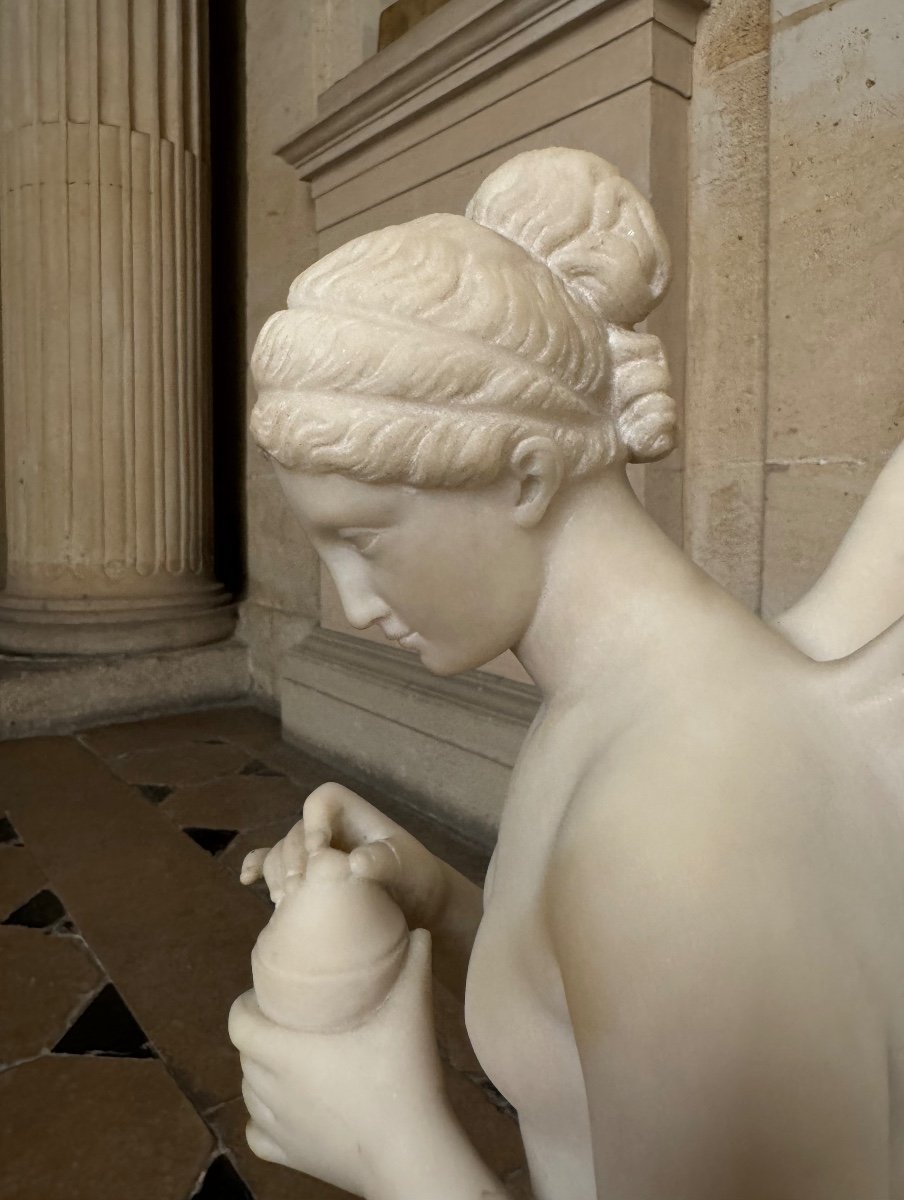




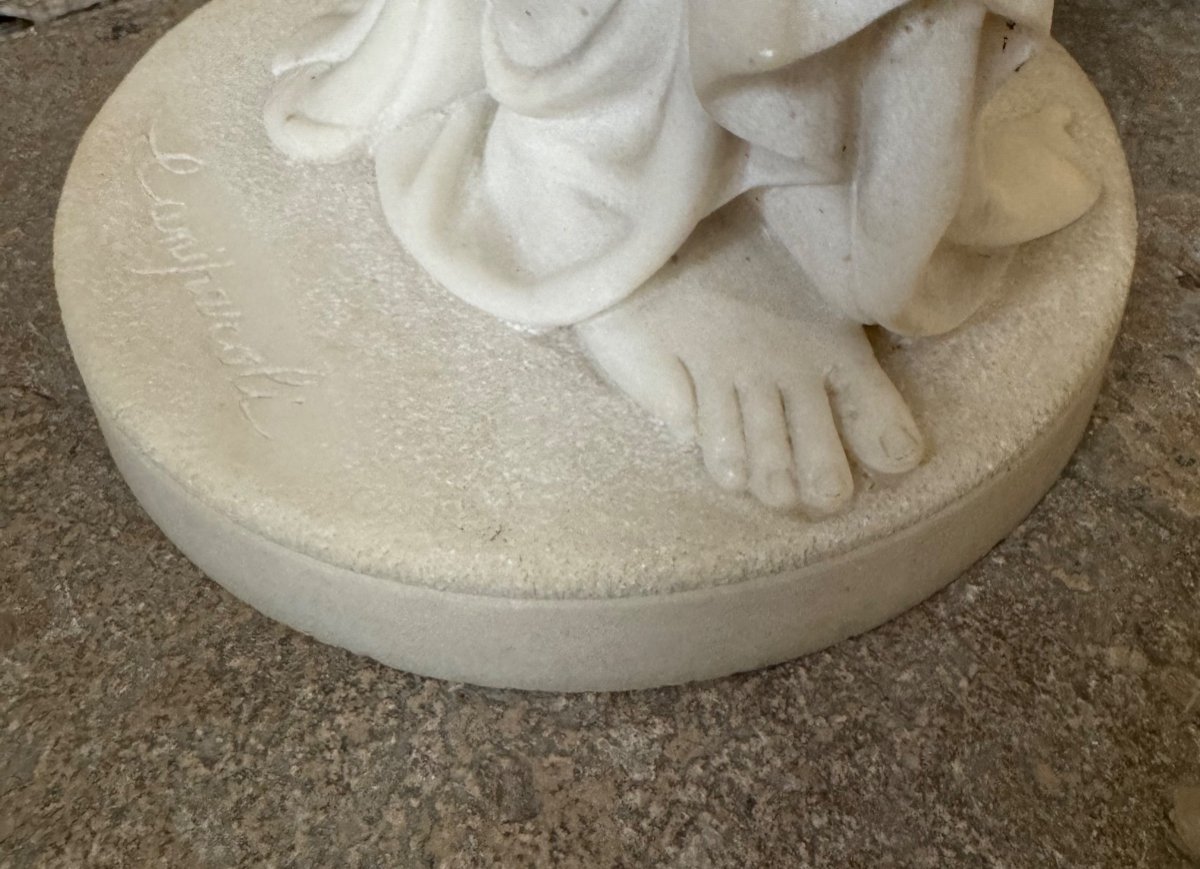



















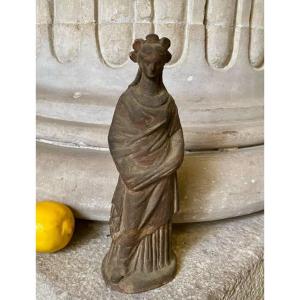



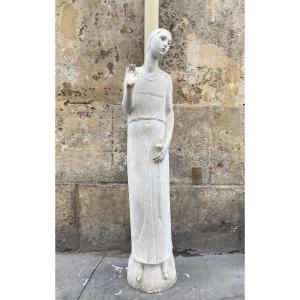
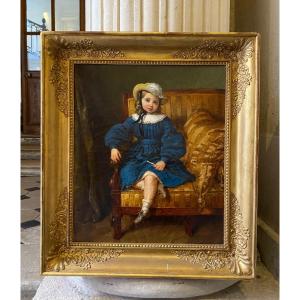


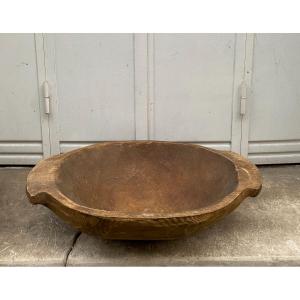
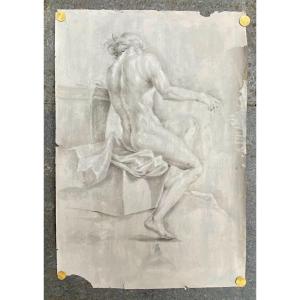

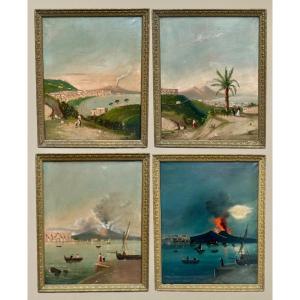


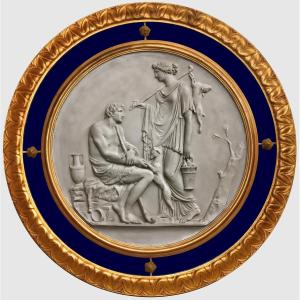
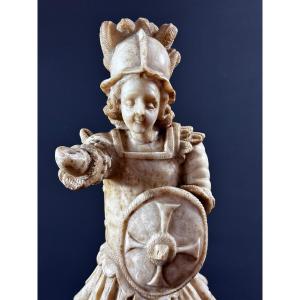





 Le Magazine de PROANTIC
Le Magazine de PROANTIC TRÉSORS Magazine
TRÉSORS Magazine Rivista Artiquariato
Rivista Artiquariato